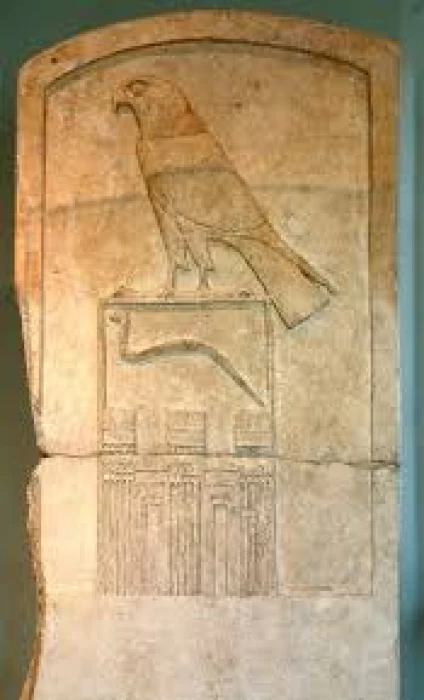
The Egyptian king Djet
King Djet Family tree of the First Dynasty of Egypt which is very powerful dynasty in Egyptian history. Djet's queen was his sister Merneith, who may have ruled as pharaoh in her own right after his death. It is possible that a woman known as Aha-Neith was also his wife. Djet and Merneith were sons of Den, and their grandson was Angi-ib. Book your trip with the company of a professional guide during Egypt Christmas Tours to go deeper into Egyptian secrets.
The exact length of Djet's reign is unknown. Ivory reliefs dating from his reign attest to only one festival of the god Sokar, estimated to have lasted between six and ten years. On the other hand, according to Wolfgang Helck, Djet reigned for 10 years. Details of Djet's reign are lost in the cracks of the Palermo Stone. However, finds of vessel remains and seal impressions prove that there was extensive trade with Syria and Canaan at this time. Tombs at Tarkhan and Saqqara dating from his reign contain pottery from Canaan. You can visit Saqqara which is one of the most attractive destinations from Cairo Day Tours to explore great history and magnificent artifacts.
Moreover, the tomb of Djet at Abydos is located in the cemetery of Petri Z. It lies to the west of the tomb of his father, King Djer. Abydos city is a very significant place and one of the most attrctive from Egypt Easter Tours for people from around the world. Djet's tomb is surrounded by 174 subsidiary burials, most of which are for servants who were sacrificed upon Djet's death to serve him in the afterlife.
Besides, A stele was found inside Djet's tomb. This stele was a serpent surmounted by a falcon (Horus) and can be interpreted as meaning "Serpent of Horus". An ivory comb was also found inside the tomb, bearing Djet's name and the stele's image. Copper and pottery tools were also found in the tomb, a common find in Egyptian tombs. There is proof that Djet's tomb was exposed to be deliberately burned, with other tombs at Abydos from this period. The tombs were later renovated due to their association with the cult of Osiris.














